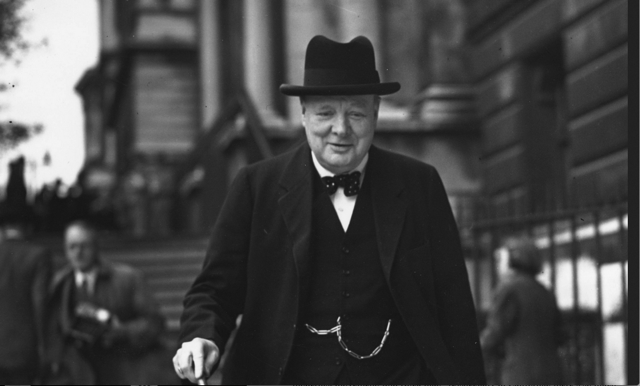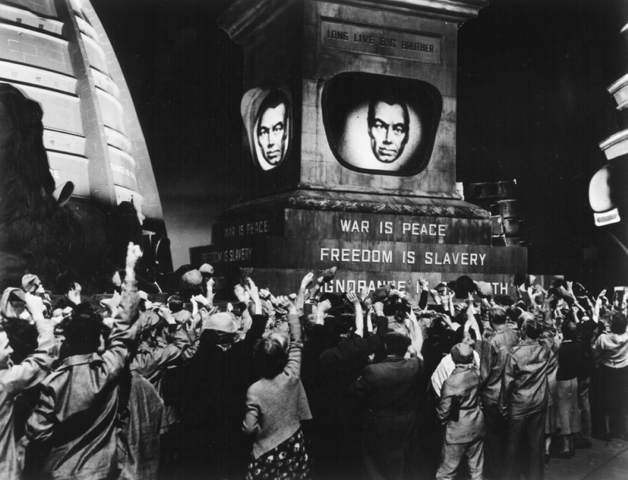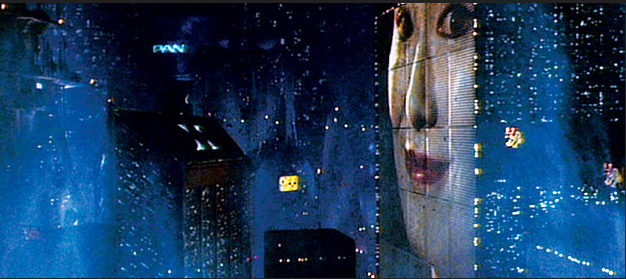
David Brussat
Preserve Modernism?
The article “Making Sense of Mid-Century Modernism” in the latest issue of Traditional Building had what’s left of my hair leaping up in alarm. Still, a little reflection was enough to calm me down. Highlighting the difficulty of preserving postwar modernism suits TB well. Now that it has been revealed by author Gordon Bock (a regular contributor to TB), maybe these difficulties will frighten those who would preserve midcentury modernism onto a more traditional path.
Or maybe not. Still, Bock extracts from experts some definite obstacles. Before we consider the less practical and more philosophical arguments against preserving modernist buildings, let me run those obstacles by you again.





Bock points out that renovating a modernist building is much like renovating a traditional one. But, he says, quoting Boston-based architect David Fixler, it can be trickier. “The difference,” says Fixler, “is that an awful lot of modern buildings were more tightly designed to the program—literally, form follows function—rather than just being generic space as in a lot of mill buildings.”
Or, as John D. Lesak of the Los Angeles office of Page & Turnbull adds, “We have a saying, “Long life, loose fit,” and some postwar buildings did have a tighter fit than their predecessors, so they’re not as easy to adaptively reuse.”
Another factor is the short shelf-life of many new building materials. “There are a lot more synthetics and materials that are going to break down,” says Fixler, “so you do a little more replacement than you do pure conservation. … When you’re dealing with first-generation curtain walls, there are no thermal breaks and no insulated glass, so they’re energy hogs. You want to improve the energy efficiency but, depending on the stature of the building, that’s not always entirely possible.”
The most obvious difficulty is finding examples worth preserving. Flora Chou, on the national board of Docomomo, the main group seeking to protect the work of the modernist movement, told Bock that, “[e]specially in California, there’s so much building from that period, it’s hard to see the examples that were very innovative at the time and that you want to save.”
The spirit of midcentury modernism can be preserved without the necessity of extending, for decades, its blight upon the built environment. The chief tool for the job should be the camera. Shoot and raze! Once a midcentury modernist building is preserved on film (or digitally), it need not cast its dark shadow on a city’s future.
Preserving such architecture in place invites a danger, a sinister prospect, still largely unaddressed by most of those who think about architecture and the built environment. The question is what sort of future we want for our society.
“We shape our buildings; thereafter, they shape us,” said Winston Churchill in asserting a link between our buildings and our character. In The Classical Vernacular: Architectural Principles in an Age of Nihilism, the philosopher Roger Scruton proposes an intimate relationship between the character of our streets and the character of our society. He wrote:
"The classical wall, which is humanly proportioned, safe, gregarious, and quietly vigilant, constantly reminds the pedestrian that he is not alone, that he is in a world of human encounter, and that he must match the good manners of the wall which guides him. … Plate glass facades leave us overexposed to the observation of those behind them. Blank concrete screens seal us off from whatever they contain. A street must avoid such extremes."
Modern architecture does not avoid such extremes. It suggests the society toward which we are headed. Modern architecture is already the brand of the 1 percent, the default aesthetic of the establishment. The rise of the police state lurks beyond a horizon whose character has been explored repeatedly in literature and in film.
The most famous novel warning of the sort of society we want to avoid is George Orwell’s 1984 (1949), followed by Aldous Huxley’s Brave New World (1932) set in 2540 and Ray Bradbury’s Farenheit 451 (1953) set in 1960. The books describe visions of societies housed in modern architecture. Dystopian films show the same thing more graphically, starting with Fritz Lang’s Metropolis (1927), set in 2026.
Ridley Scott’s film Blade Runner may offer the most scathing vision. In his film, set in Los Angeles, shops and sidewalks are crammed with a hodgepodge of ethnicities eking out a living, with the modernist towers of the wealthy owners and managers of the corporate world looming in the distant background. The movie was released in 1982. The action takes place 37 years later—in 2019.
The Star Wars series depicts not Earth but outer space, yet in general the bad guys occupy modernist structures such as the Death Star while the good guys (or the victims of the bad guys) live in communities of a traditional vernacular style—on Tatooine or in Theed, the capital of Naboo and other places—that seem to suggest the innocence of their inhabitants. It would be fascinating to know whether George Lucas designed this dichotomy with purpose aforethought or more intuitively.
Either way, preserving midcentury modernism flies in the face of human instinct. It freezes in place the DNA of the future we most fear. We have warnings aplenty. So kudos to Traditional Building for highlighting the difficulties of preserving modernism.
For 30 years, David Brussat was on the editorial board of The Providence Journal, where he wrote unsigned editorials expressing the newspaper’s opinion on a wide range of topics, plus a weekly column of architecture criticism and commentary on cultural, design and economic development issues locally, nationally and globally. For a quarter of a century he was the only newspaper-based architecture critic in America championing new traditional work and denouncing modernist work. In 2009, he began writing a blog, Architecture Here and There. He was laid off when the Journal was sold in 2014, and his writing continues through his blog, which is now independent. In 2014 he also started a consultancy through which he writes and edits material for some of the architecture world’s most celebrated designers and theorists. In 2015, at the request of History Press, he wrote Lost Providence, which was published in 2017.
Brussat belongs to the Providence Preservation Society, the Rhode Island Historical Society, and the Institute of Classical Architecture & Art, where he is on the board of the New England chapter. He received an Arthur Ross Award from the ICAA in 2002, and he was recently named a Fellow of the Royal Society of the Arts. He was born in Chicago, grew up in the District of Columbia, and lives in Providence with his wife, Victoria, son Billy, and cat Gato.








